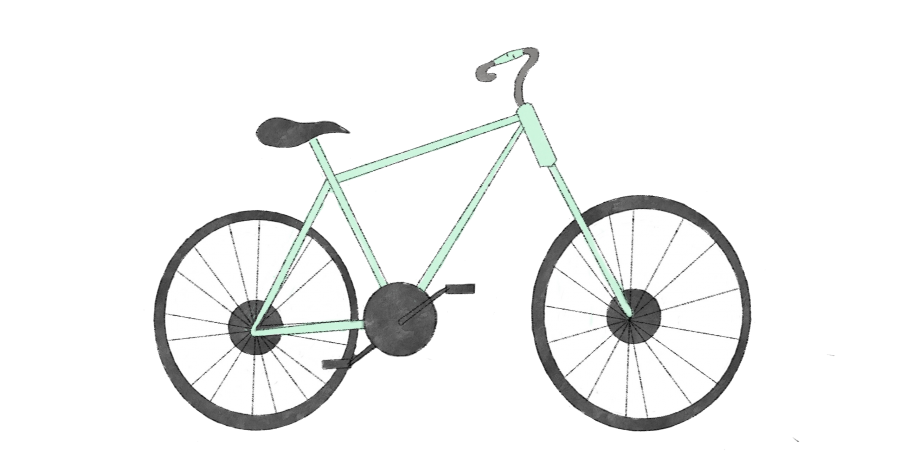Running late to class is never fun. The prospect of walking in late can feel worse than just skipping lecture for that day. Luckily, this stress fades away as you notice a group of scooters on the sidewalk. With a few taps on your phone, this nest of Bird, Lime and Jump devices can give you access to quick and easy transportation.
You check your payment and realize that the two-to-four-minutes you rode the scooter only cost you a dollar and some change. This seemingly inconsequential cost prompts you to use these scooters again. Soon, you get hooked, and eventually the cost and its effects on your wallet compound. Suddenly, the expense doesn’t seem so small. To avoid this, let’s learn to fly on our own and stop using Birds and other electric scooters.
Riding these devices once or twice isn’t a big deal. Although it’s easy to tell ourselves we’ll only use them to get up the Dean Keeton hill or across campus, it’s also easy to get addicted to their convenience.
“I have a friend who has spent about $90 over the past two months on scooters alone,” computer science freshman Carter Chu said,
To put this into perspective, remember that it takes $1 to unlock these devices. For each minute spent while riding a Bird or Lime scooter, the rider adds an additional $0.15 to their total cost. For some people, the cost is an exchange for convenience. For other students, these scooters are a necessity during their everyday commutes.
“I ride these scooters about five times per week to get between work and school,” business freshman Eric Wen said. “The buses don’t get me to classes on time since the timing can get complicated, so these Limes are costing me a lot.”
In lieu of this expenditure, many students on campus have resorted to traditional kick scooters and manual skateboards. While these are definitely more cost-effective than their electric counterparts, it’s still difficult to get up Dean Keeton and other inclines around campus.
Electrical engineering senior Evan Davies feels that riding bikes is the better solution to this dilemma. “I hate walking now, but biking is a much better way to get around since it’s cheaper and you can do your own maintenance,” Davies said.
B-Cycle, another transportation service, offers UT students free access to their bikes. While it is definitely cost-effective, it can be hard to time your use for the maximum time allotment of 60 minutes per ride or to return a bicycle to its stations. Luckily, the University has its own bike service available to students too.
“The Orange Bike Project allows students to rent bikes for any amount of time, whether you need it for a single day or for a whole semester,” said Davies, the organization’s co-director. “Renting bicycles with us gives back to students by contributing to the University and providing the community with cheap bikes and a lock for your use.”
It costs students $50 to rent their own bike for a semester. The program receives donations as well as bikes that are impounded. Making use of the Orange Bike Project is not only a cheap alternative to using electric scooters, it gives you the same benefits with an added health factor.
While the trend of using Limes and Birds is burning up in popularity, it’s wiser to stick to bikes and other manual devices that save more money in the long run. Yes, it’s cool to scoot around campus, but we need to stop letting these e-scooters take charge of our wallets.
Ancheta is a business freshman from Houston.


















